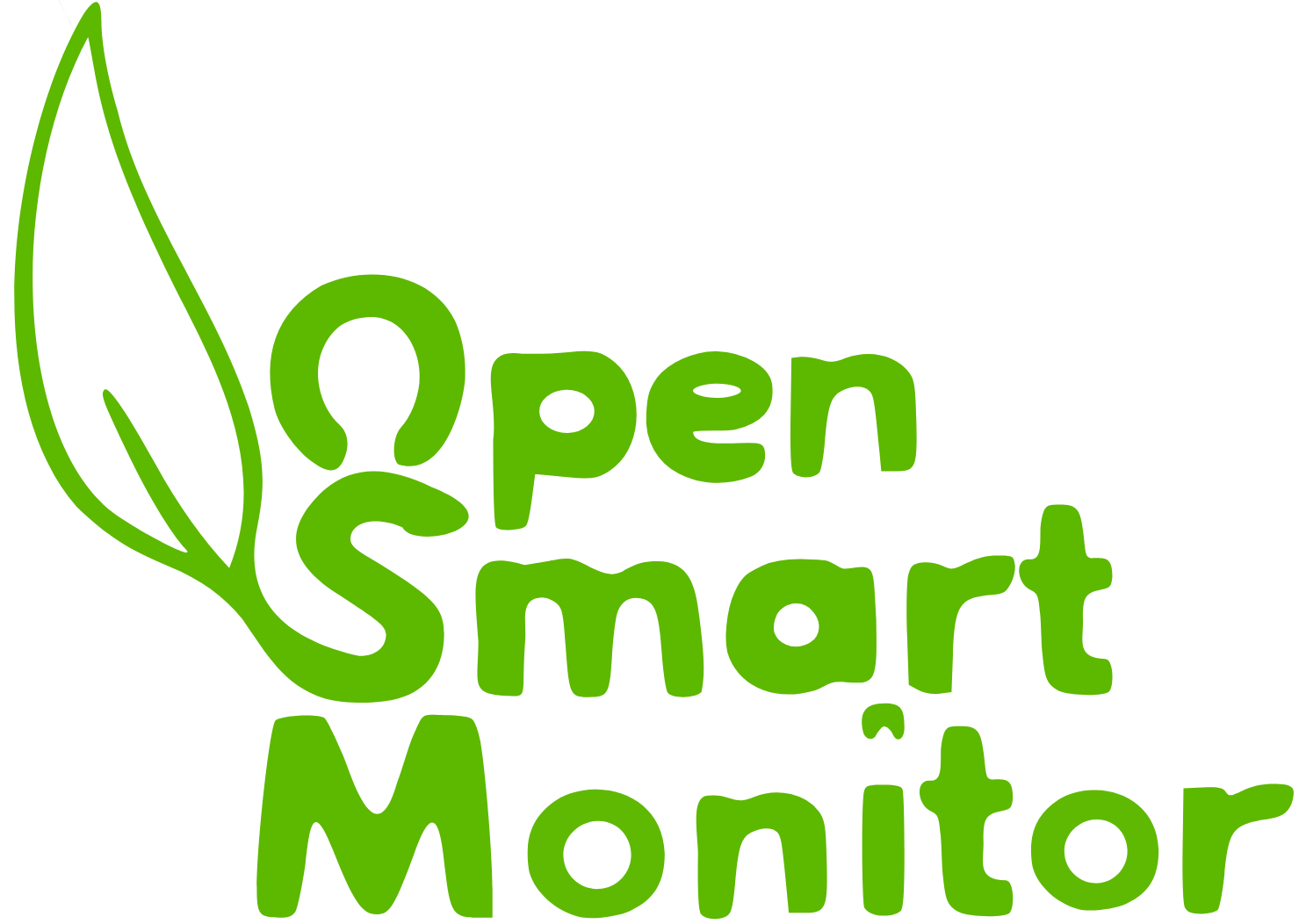As we enter the 4th Industrial Revolution there is no doubt of the impact this will have on businesses, as they adapt to a rapidly changing digital world. Add in the pressures of meeting net zero and rising utility costs, the business world, particularly for small to medium-sized enterprises, looks a very challenging place to be.
Traditionally savvy business leaders have relied on their tacit knowledge and experience to guide them to success. How many times, in response to the challenge of the day have you heard “My gut feeling tells me”, “in this case our sector historically knows how to respond”, and “this is how we have always done it.
What if instead of fearing the rising tide of more and more data being generated within your business, there was a way to use the data to make informed decisions based on actual facts as opposed to a hunch?

A saying that really expresses the power of data, often attributed to the American business guru Peter Drucker, is “You Cannot Manage What You Don’t Measure”. So instead of fearing the ever-growing plethora of data being generated within a business, what if it was used to manage a business based on logic and not a hunch?
The challenges come in harvesting data from all areas of the business and then making sense of it, which is without a doubt a daunting task just due to the sheer volume of data being generated.
From a commercial perspective, we already have huge amounts of discrete, unconnected data generated by our financial packages (XERO, Sage, Quickbooks) as well as a vast array of MRP, ERP, CRM (Material Requirement Planning, Enterprise
Resource Planning, Customer Relationship Management) systems on the market. Let’s also not forget the businessperson’s trusted go-to tool, the Spread Sheet.
Coming in fast on the heels of commercial data is the tsunami of manufacturing and process data generated by IoT (Internet of Things) technologies. IoT opens opportunities to better manage resource use, improve the quality of products, and maintain a safe working environment as well as offering an H&S proof line, improve productivity by looking at OEE (overall equipment effectiveness) and opening up RCM (routine condition monitoring) opportunities normally only used by larger-scale businesses.
At the end of the day, all businesses operate to make a profit, profit ensures the longevity of any business and intelligent use of data is a key to building a profitable business. There is no doubt that the business landscape will look very different in 5, 10, or 20 years’ time and it will be the businesses that have adapted to “the rising tide “ of data that will truly build longevity into their business and meet the challenges net zero presents.

